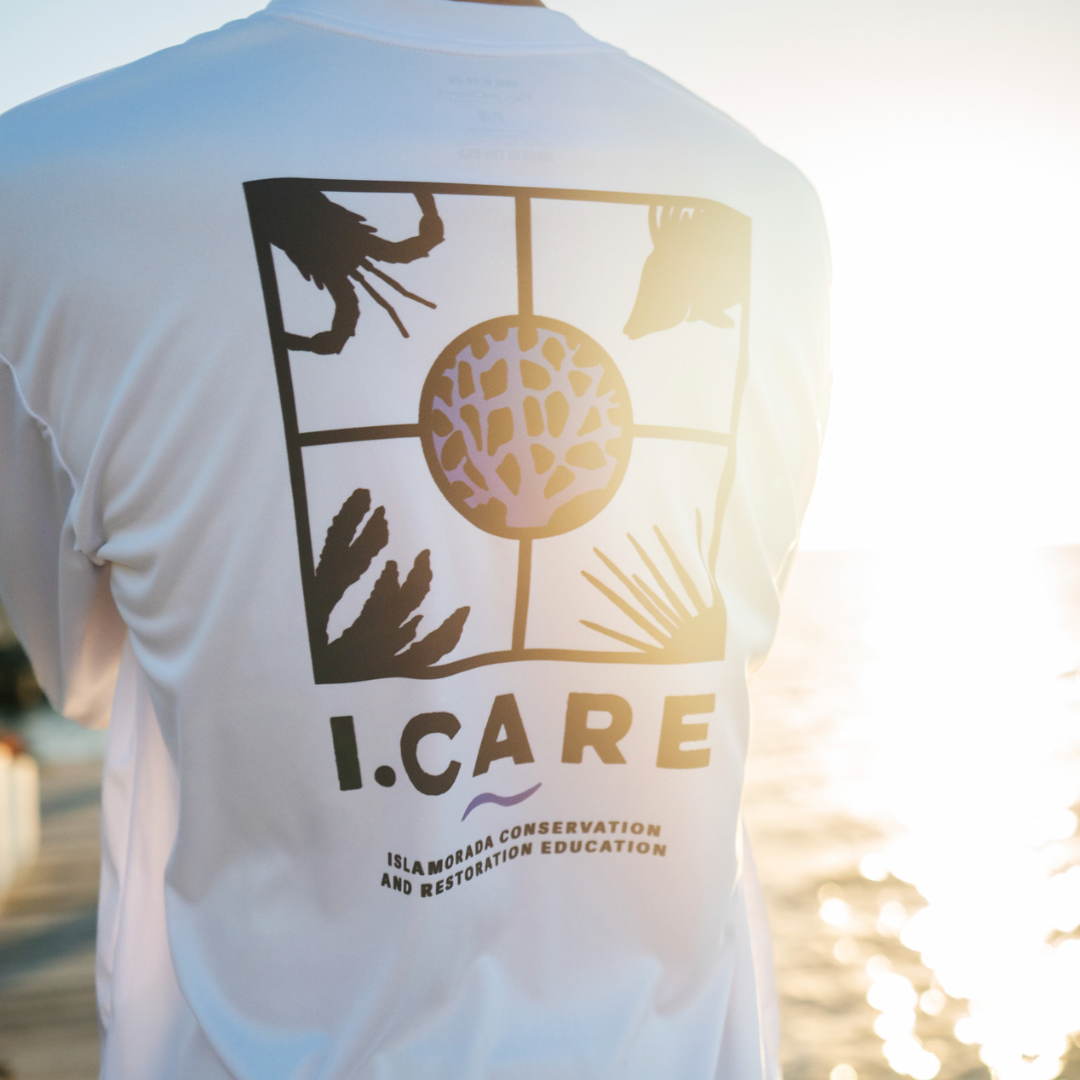How to Choose Sun-Protection (UPF) Clothing
Introduction:
Spending time outdoors is a delightful experience, but it's essential to protect yourself from the sun's harmful rays. Ultraviolet (UV) radiation can lead to sunburn, premature skin aging, and even skin cancer. By choosing clothing that is specifically designed for sun protection and has been tested for its Ultraviolet Protection Factor (UPF), you can effectively reduce your exposure to UV radiation. This guide will provide you with valuable information on how to choose sun protection clothing.
Who Can Benefit from UPF Clothing:
UPF-rated clothing benefits everyone, but it is particularly helpful for individuals who are:
1. Sun sensitive: People with easily burnable or freckled skin are more vulnerable to UV rays.
2. Darker skin pigmentation: While darker pigmentation offers some natural UV protection, it can also make UV damage harder to detect.
3. Children and older adults: Kids have sensitive skin, and damage at a young age increases the risk of future problems. Skin damage accumulates over time, increasing health risks as we age.
4. Individuals in high elevations, equatorial regions, or near reflective surfaces: UV radiation intensity is higher in thinner air, equatorial regions, and areas with reflective surfaces like snow and water.
5. People taking medications: Certain medications increase sun sensitivity, making UPF clothing crucial for protection.
Understanding UPF Ratings:
UPF (Ultraviolet Protection Factor) is the rating system used for sun protection clothing. Similar to SPF for sunscreen, UPF measures the fabric's effectiveness in filtering both UVA and UVB rays. The higher the UPF rating, the better the sun protection.
UPF Rating Scale:
- UPF 15: Minimum protection, allowing roughly 6.7% UV transmission.
- UPF 30: Good protection, allowing roughly 3.3% UV transmission.
- UPF 50+: Excellent protection, allowing roughly 2.0% UV transmission.
- Fabrics rated below UPF 15 are not considered UV-protective.
Factors Influencing UPF Ratings:
1. Construction: Dense, tightly woven fabrics minimize UV transmission.
2. Color: Darker colors and more saturated hues offer better UV protection.
3. Treatments: Certain chemicals and dyes can enhance a fabric's UPF.
4. Fiber type: Polyester and nylon offer more sun protection than natural fibers like cotton.
Factors Affecting UPF Clothing Effectiveness:
1. Fabric wetness: Some fabrics' UPF rating may reduce when wet, except for polyester, which may offer better protection when wet.
2. Fabric wear: Over time, worn or faded fabrics become less effective at blocking UV light.
3. Fabric stretch: Stretched fabric can lose its UPF effectiveness, so avoid tight-fitting garments.
Additional Sun Protection Measures:
While UPF clothing is crucial for sun protection, it is essential to adopt a comprehensive approach. Consider the following measures for total UV protection:
1. Sunscreen: Apply sunscreen with a high SPF rating to exposed skin and reapply regularly.
2. Sunglasses: Wear sunglasses that offer 100% UV-ray protection.
3. Seek shade: Take advantage of shade whenever possible, especially during peak daylight hours.
4. Limit exposure time: Monitor and restrict the time spent under direct sunlight, especially between 9am and 3pm.
5. Wear UV-protective clothing: Cover a significant portion of your skin with UPF-rated garments.
Conclusion:
Protecting yourself from the sun's harmful UV rays is crucial for your overall well-being. By choosing sun protection clothing with a high UPF rating, you can significantly reduce your UV exposure. Remember to consider factors like fabric construction, color, and fiber type when selecting UPF clothing. Additionally, complement your sun protection clothing with sunscreen, sunglasses, shade, and limited sun exposure for comprehensive UV protection. Stay safe, enjoy the outdoors, and take care of your skin.


